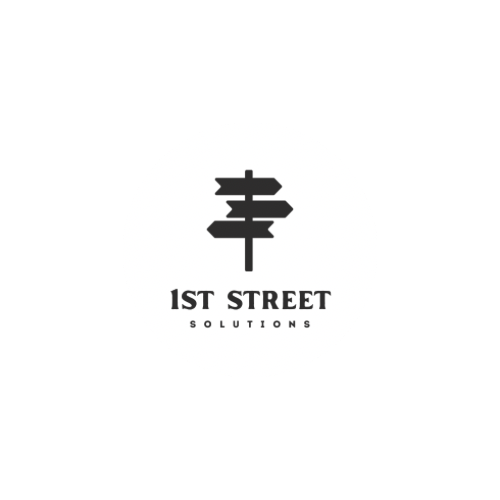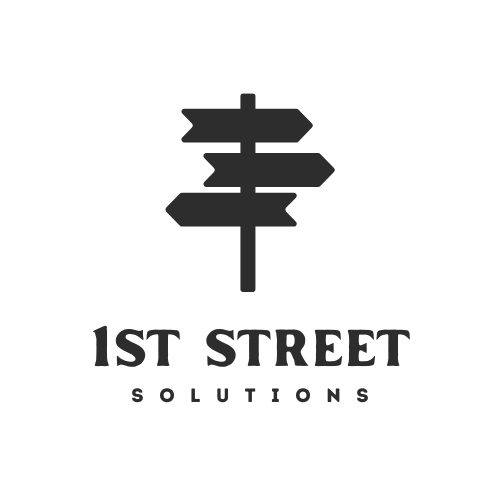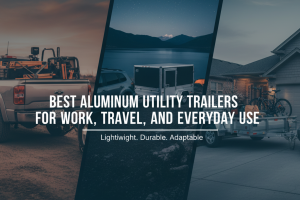Every online store owner dreams of seeing their products in front of the right audience. Yet, the idea of SEO, marketing campaigns, and visibility growth can feel overwhelming especially when funds are limited. The truth? You don’t need a huge budget to start turning heads, attracting customers, and boosting sales. Sometimes, small, smart moves can produce disproportionately big results.
This guide dives into unique, actionable strategies, including WooCommerce SEO services, to elevate your store’s online visibility fast, without burning a hole in your wallet.
1. Give Your Product Pages a Search-Friendly Makeover
Your product pages aren’t just for sales they’re your store’s “first impression” in search results. Tiny tweaks here can yield surprisingly big results.
Unique tactics:
- Descriptive storytelling: Instead of “Red Backpack,” write “Compact Red Backpack for Urban Explorers with Multiple Compartments.”
- Highlight the benefits visually: Use annotated images or comparison tables to make product details pop.
- Fresh, unique content: Rewrite product descriptions in your own voice; include use cases, lifestyle tips, or quirky facts.
- Micro-SEO tweaks: Add alt text, schema markup, and internal links. Even a minor improvement can boost organic clicks.
Why it works: Search engines reward specificity, clarity, and uniqueness. A well-crafted product page can outperform generic listings in weeks.
2. Speed Up Your Site Fast
Slow stores repel shoppers like no other factor. But improving speed doesn’t mean expensive hosting upgrades.
Quick fixes:
- Compress and lazy-load images. Tools like TinyPNG or Smush can do this for free.
- Remove redundant plugins and scripts. Less clutter = faster pages.
- Enable caching plugins (like W3 Total Cache) to serve content quickly.
- Test your mobile and desktop performance using Google PageSpeed Insights and implement their prioritized recommendations.
Impact: Faster load times boost both search engine rankings and user satisfaction, increasing the chance of purchase.
3. Connect the Dots With Smart Internal Links
Internal linking is often underestimated but it’s a silent powerhouse for SEO and usability.
Creative ways to do it:
- Link from blog content to complementary products (“10 Travel Essentials You’ll Actually Use” → link to backpacks).
- Create “related products” sections dynamically.
- Build a logical navigation hierarchy, grouping products by category or purpose.
Result: Users find products faster, and search engines understand your site structure, giving your pages better visibility.
4. Harness the Power of Hyper-Specific Keywords
Big, broad keywords like “shoes” are expensive and competitive. Instead, long-tail, niche keywords can bring targeted traffic that’s ready to convert.
How to do it differently:
- Think like your customer: “Eco-friendly bamboo yoga mat for beginners” instead of just “yoga mat.”
- Combine intent + product + context. For example: “Lightweight hiking boots for rainy climates.”
- Use free tools like AnswerThePublic to discover what questions your audience is asking.
These keywords often have less competition and attract visitors who are closer to making a purchase.
5. Create Mini-Content That Educates and Converts
Content doesn’t have to be massive guides or blogs. Small, high-value content pieces can drive traffic, engagement, and trust.
Ideas that stand out:
- Mini guides or tips: “3 Ways to Make Your Laptop Bag Travel-Ready.”
- Product hacks: Demonstrate unusual uses or styling tips.
- Quick FAQs: Answer niche questions that customers Google.
Even short, engaging content can attract search traffic, establish authority, and provide natural opportunities for internal linking.
6. Turn Social Media Into a Visibility Engine
You don’t need an expensive ad campaign to leverage social platforms. Focus on intentional, low-cost engagement.
Unique approaches:
- Showcase behind-the-scenes moments of your products being made or packed.
- Encourage users to share pictures using your products, then feature them on your website.
- Tap into niche communities or subreddits related to your products and offer genuine advice.
Bonus: Social activity indirectly improves SEO through brand mentions and traffic signals.
7. Collect, Showcase, and Optimize Reviews
Reviews are one of the most underutilized ways to improve visibility and credibility without spending a dime.
Tips for maximum impact:
- Use a friendly, automated email to request reviews post-purchase.
- Highlight unique customer stories or photos.
- Respond publicly to reviews—positives and negatives alike.
Rich snippets from reviews often appear in search results, making your listings more attractive than competitors’.
8. Build Partnerships for Organic Backlinks
Backlinks remain a key SEO signal—but you don’t need an agency budget to get them.
Creative, low-cost ideas:
- Collaborate with micro-influencers or niche bloggers for product mentions.
- Offer free downloadable resources like templates, checklists, or infographics others can link to.
- Guest post on niche blogs, providing unique insights and naturally linking back to your store.
Even a small number of high-quality backlinks significantly improves search authority and traffic.
9. Optimize for Mobile Shopping First
Mobile optimization is not optional it’s essential. Over 60% of eCommerce traffic comes from smartphones.
Distinctive tactics:
- Make clickable elements finger-friendly.
- Simplify forms and checkout flow.
- Optimize images and avoid heavy scripts that slow down mobile load times.
Google prioritizes mobile-first sites. A smooth mobile experience can dramatically increase conversions and search visibility.
10. Monitor, Adapt, Repeat
Boosting visibility is a process, not a one-time task. Tracking performance helps you refine strategies and maximize ROI.
Actionable steps:
- Track traffic, conversions, and user behavior using Google Analytics.
- Monitor search performance and index issues with Google Search Console.
- Review your SEO and content performance with plugins like Rank Math or Yoast.
Regularly reviewing your data ensures that small wins compound into long-term growth.
Bonus Tip: Turn Insights Into Actionable Micro-Experiments
One of the most overlooked strategies is small, testable changes. Try different headlines, product descriptions, or image layouts for a few weeks and measure performance. These micro-optimizations are often cheaper and faster than large campaigns but can have huge effects.
Conclusion
You don’t need a massive budget to grow your store’s visibility. With smart, targeted, and cost-effective strategies, you can improve search rankings, attract relevant traffic, and convert visitors into loyal customers.
By focusing on product optimization, site speed, long-tail keywords, micro-content, social engagement, reviews, and partnerships, even small stores can stand out in a crowded digital marketplace.
Remember: visibility is not about doing everything at once it’s about consistently implementing high-impact actions, tracking results, and refining your approach. Start with a few tactics today, and you’ll be amazed at how much your store’s presence grows in the coming months.








